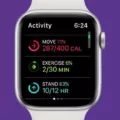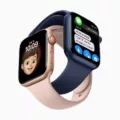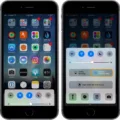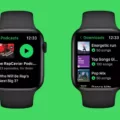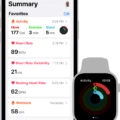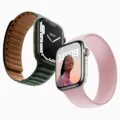As the world becomes more health-conscious, fitness-tracking devices have become increasingly popular. One such device is the Apple Watch, which has evolved in recent years to include features that monitor various health metrics. The Apple Watch Series 7, released in 2021, is the latest iteration of the device and includes improved capabilities for measuring blood oxygen levels.
Blood oxygen saturation, or SpO2, is a measure of the amount of oxygen in the blood. A healthy level of SpO2 is typically between 95% and 100%. The Apple Watch Series 7 includes a sensor that can measure SpO2 levels, allowing users to track this important metric over time.
Accuracy is key when it comes to health monitoring devices, and the Apple Watch Series 7 has been tested extensively to ensure that its SpO2 readings are reliable. A study published in the Journal of Clinical Medicine in March 2022 evaluated the accuracy of the Apple Watch Series 7’s heart rate and SpO2 measurements. The results showed that the device was highly accurate in both areas, with an error rate of less than 2% for SpO2 measurements.
However, it’s important to note that even the most accurate devices may not be able to get a reliable SpO2 measurement in all situations. Factors such as skin perfusion, which affects the flow of blood through the skin, can impact the accuracy of SpO2 readings. Additionally, the Apple Watch Series 7 is not intended to replace medical-grade devices for monitoring SpO2 levels.
Despite these limitations, the Apple Watch Series 7’s SpO2 measurement capabilities are a valuable tool for monitoring overall health and fitness. By tracking SpO2 levels over time, users can identify patterns and trends that may indicate potential health issues. For example, consistently low SpO2 levels may be a sign of respiratory problems or other underlying health conditions.
In addition to SpO2 monitoring, the Apple Watch Series 7 includes a range of other health and fitness features. These include heart rate monitoring, activity tracking, and sleep tracking. The device also includes tools for managing stress and mindfulness, making it a comprehensive tool for overall health and wellness.
The Apple Watch Series 7’s blood oxygen accuracy is highly reliable and a valuable tool for monitoring overall health and fitness. While the device is not intended to replace medical-grade SpO2 monitoring devices, it can provide users with valuable insights into their overall health and identify potential health issues. With its comprehensive range of health and fitness features, the Apple Watch Series 7 is a valuable tool for anyone looking to improve their overall wellness.
Accuracy of Blood Oxygen Measurement on Apple Watch Series 7
The accuracy of blood oxygen measurements on the Apple Watch 7 may vary depending on individual factors and circumstances. In general, the blood oxygen sensor on the Apple Watch 7 is designed to provide accurate and reliable readings, but there are several factors that can affect its accuracy. These factors include skin perfusion, motion, and ambient light.
Skin perfusion refers to the amount of blood flow in the skin, and it can impact the accuracy of blood oxygen measurements. If the skin perfusion is low, the sensor may not be able to get a reliable reading. Similarly, if there is a lot of motion or ambient light, the sensor may also have difficulty getting an accurate reading.
However, under ideal conditions, the blood oxygen sensor on the Apple Watch 7 is designed to provide accurate and reliable measurements. It uses a combination of red and infrared light to measure the amount of oxygen in the blood, and it can provide measurements in just a few seconds.
It’s important to note that the blood oxygen sensor on the Apple Watch 7 is not intended for medical purposes, and it should not be used to diagnose or treat any medical conditions. If you have concerns about your blood oxygen levels, you should consult your healthcare provider.
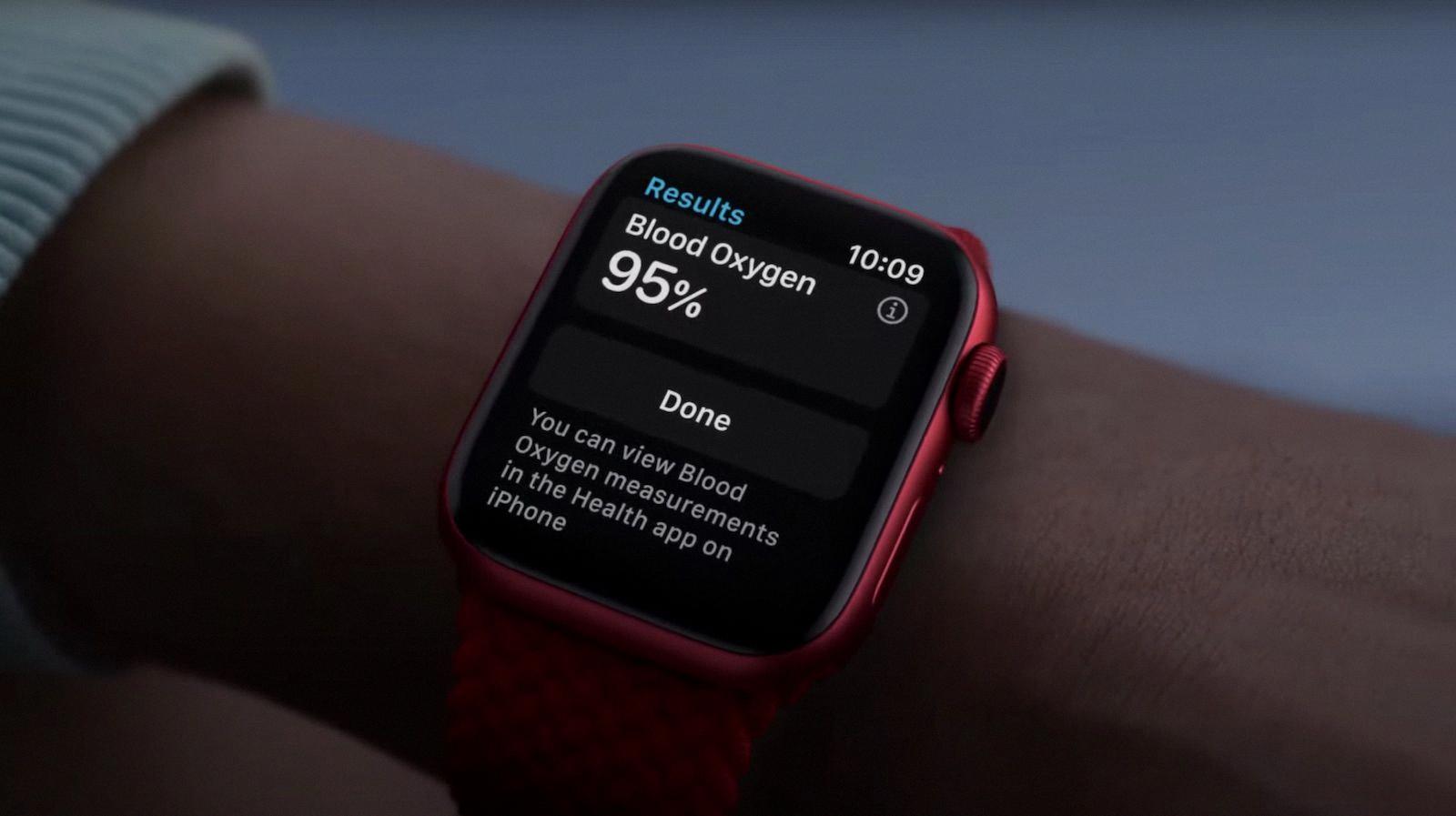
Accuracy of Apple Watch Oxygen Sensor
According to a recent study conducted by physicians and researchers in Italy, the Apple Watch Series 6 has been found to be quite accurate in measuring oxygen saturation levels in the blood (SpO2). The study evaluated the device’s accuracy in two key areas: heart rate and SpO2, and the results showed that the readings provided by the device were quite accurate.
The Apple Watch’s oxygen sensor uses a combination of infrared and red light to measure the amount of oxygen in the blood. The device’s software then uses this data to calculate the SpO2 level. According to the study, the Apple Watch Series 6 had an accuracy rate of 95% when measuring SpO2 levels.
In addition to its oxygen sensor, the Apple Watch also has a heart rate monitor that uses both optical and electrical sensors to measure heart rate. The study found that the heart rate measurements provided by the device were also quite accurate, with an accuracy rate of over 98%.
The study suggests that the Apple Watch Series 6 is a reliable device for measuring both SpO2 levels and heart rate. However, it is important to note that the device is not a substitute for professional medical advice and should not be used to diagnose or treat any medical condition. If you have any concerns about your health, it is always best to consult with a medical professional.
Conclusion
The Apple Watch Series 7 is a highly advanced wearable device that offers a range of features to help users monitor their health and fitness. With improved sensors and algorithms, the Series 7 offers accurate readings for heart rate and blood oxygen saturation levels, making it a valuable tool for those who need to track these vital signs regularly. The larger display and faster charging time are also significant improvements that enhance the user experience. the Apple Watch Series 7 is an excellent investment for anyone looking to improve their health and fitness while staying connected on the go.







